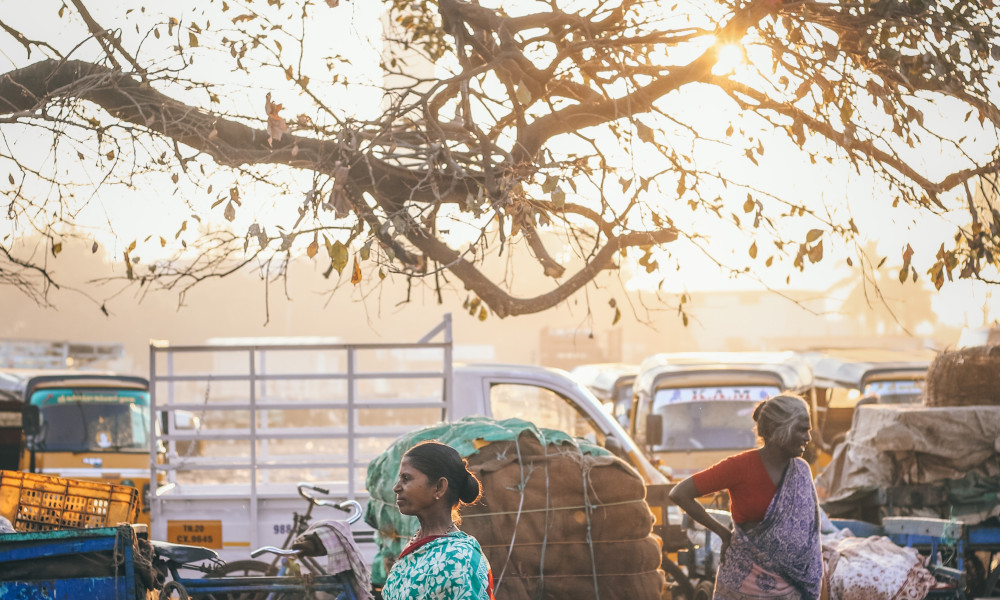Travel Tips
Lorem ipsum dolor sit amet, consectetur adipiscing elit.

By Arun Dahal Khatri
South Asian economies have defied expectations and risen as some of the fastest-growing regions in the world, even as scarcity remains a fundamental economic principle. The visionary economist Thomas Sowell once said that absence means there is never enough of anything to satisfy all those who want it thoroughly, and politics often disregards this economic truth. Nevertheless, the South Asian economies continue to flourish, driven by determination, resilience, and visionary leadership. Despite being labeled as poverty-stricken by some first-world countries, the economic growth of the South Asian nations has been nothing short of exceptional.
According to the World Bank, the regional growth of South Asia is projected to increase by 7.2 percent in 2021 and 4.4 percent in 2022, rebounding from a historic GDP decline of 5.4 percent in 2020. Per-capita income in the region is anticipated to return to pre-COVID levels by 2021, indicating a remarkable recovery. Within South Asia, India, the largest economy, has emerged as a true economic powerhouse. It is expected to achieve growth rates exceeding 10 percent in the fiscal year 2021-22, a substantial upward revision from previous forecasts. This economic prowess has attracted the attention of world-class brands and global companies, positioning India as the next business hub for the twenty-first century. Tech giants like Amazon have already set up large operations in the country, and other renowned corporations such as Tesla, Starbucks, and McDonald's are eager to tap into the vast Indian market. Several factors have driven the growth of India's economy. The country boasts a young, dynamic workforce, a massive consumer base, and a robust entrepreneurial ecosystem. Moreover, India has been actively fostering an environment conducive to foreign investment, streamlining bureaucratic processes, and introducing business-friendly policies.
Similarly, Bangladesh and Nepal, two rising stars in South Asia, have also been instrumental in transforming the region's economic landscape. Bangladesh's gross domestic product (GDP) is expected to grow by 3.6 percent in the fiscal year 2020-21, while Nepal's GDP is projected to increase by 2.7 percent in the same period. Despite the challenges posed by their landlocked geography, both nations have made remarkable progress in various sectors, demonstrating the potential for further growth. Bangladesh's impressive economic transformation can be attributed to its thriving garments and textiles industry, a significant exporter of ready-made garments to the global market. The country has also made technological and telecommunications strides, further bolstering its economic prospects.
Conversely, Nepal has been progressing steadily in tourism, hydropower, and services. The country's strategic location between India and China provides opportunities for trade and investment, further driving its economic growth. A closer look at the economic data and performance indicators of South Asian countries reveals exceptional growth rates and promising developments. GDP growth, inflation rates, foreign direct investment, and unemployment rates paint a picture of thriving economies. However, socio-economic disparities and inequalities persist beneath the surface of this economic success, highlighting the need for inclusive growth and equitable distribution of resources.
The rapid economic growth experienced by South Asian economies has significantly reduced poverty levels, improved access to education and healthcare, and a rising middle class. Nevertheless, income inequality remains a pressing concern, and governments must focus on policies that address this issue while continuing to foster economic growth.
The role of politics and policies cannot be underestimated in shaping the economic trajectory of South Asian nations. Governments in the region have implemented various initiatives and strategies to foster growth, attract investment, and address socio-economic challenges. Policies related to taxation, trade, infrastructure development, and investment incentives have played a crucial role in supporting the region's economic growth.
Regional cooperation and trade agreements have been instrumental in promoting economic integration and enhancing opportunities for member countries. Organizations like SAARC (South Asian Association for Regional Cooperation) have provided a platform for member countries to collaborate on issues of mutual interest, such as trade facilitation, energy security, and disaster management. As South Asian economies continue to grow, they face stiff competition in the global market. With their rising influence, these nations must carefully position themselves, compete, and differentiate their offerings in the face of global challenges and opportunities. They must invest in research and development, innovation, and skill development to maintain their competitive edge.
Foreign investment and partnerships have been instrumental in fueling the growth of South Asian economies, providing access to capital, technology, and global markets. As these economies forge ahead, their place in the international economic arena becomes increasingly significant, shaping the future landscape of the world economy. The financial success of South Asian economies is a testament to their resilience, adaptability, and determination. Despite scarcity and political challenges, these nations have thrived and demonstrated exceptional growth rates. India's rapid rise, Bangladesh's transformative journey, and Nepal's steady progress illustrate the potential of South Asian economies. However, addressing socio-economic disparities and ensuring inclusive growth is crucial to maintaining long-term sustainability. Navigating the complexities of politics and policies will be critical in shaping the future trajectory of these emerging economies. As South Asia takes its place on the global stage, its continued growth will undoubtedly significantly impact the world economy, making it an indispensable player.